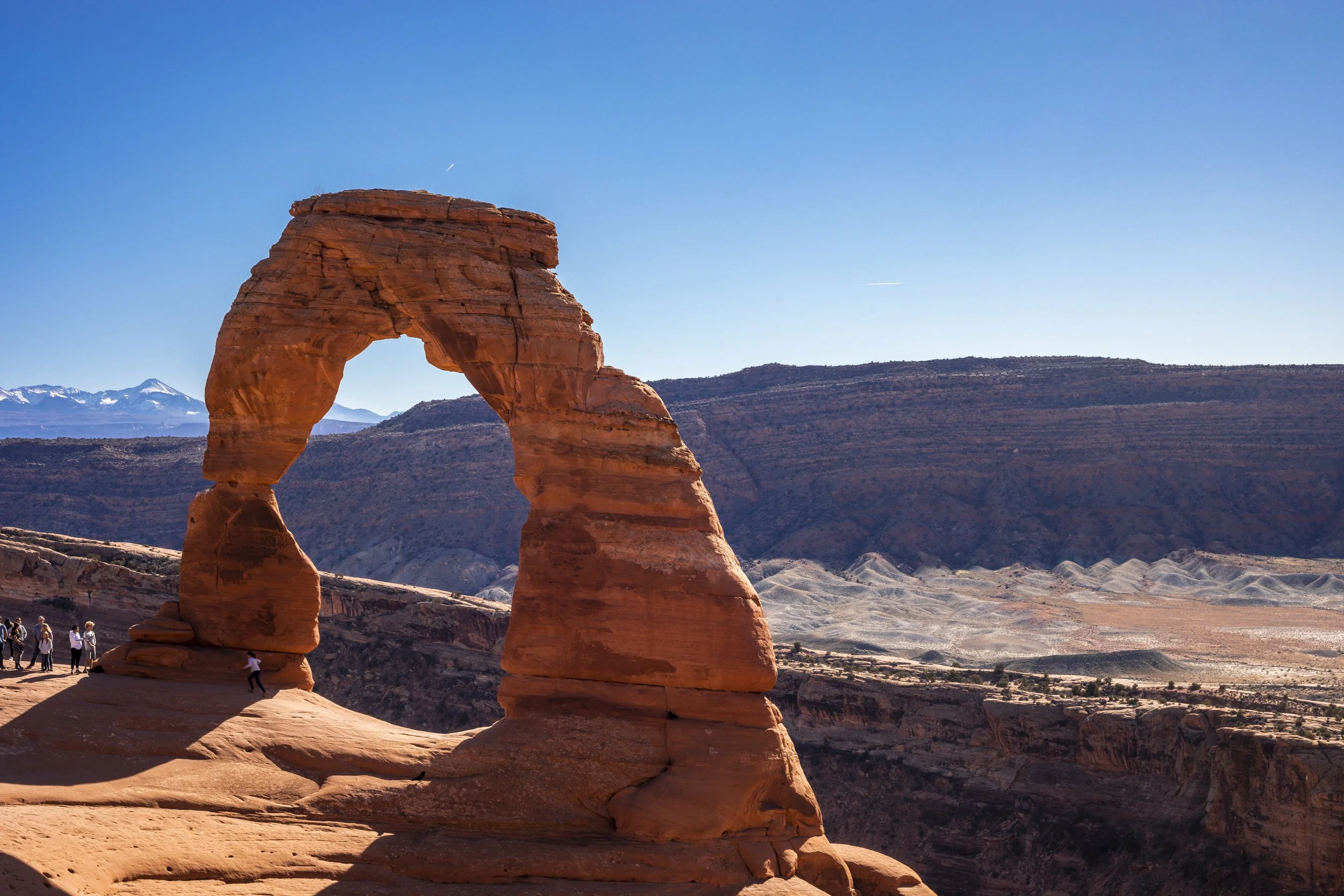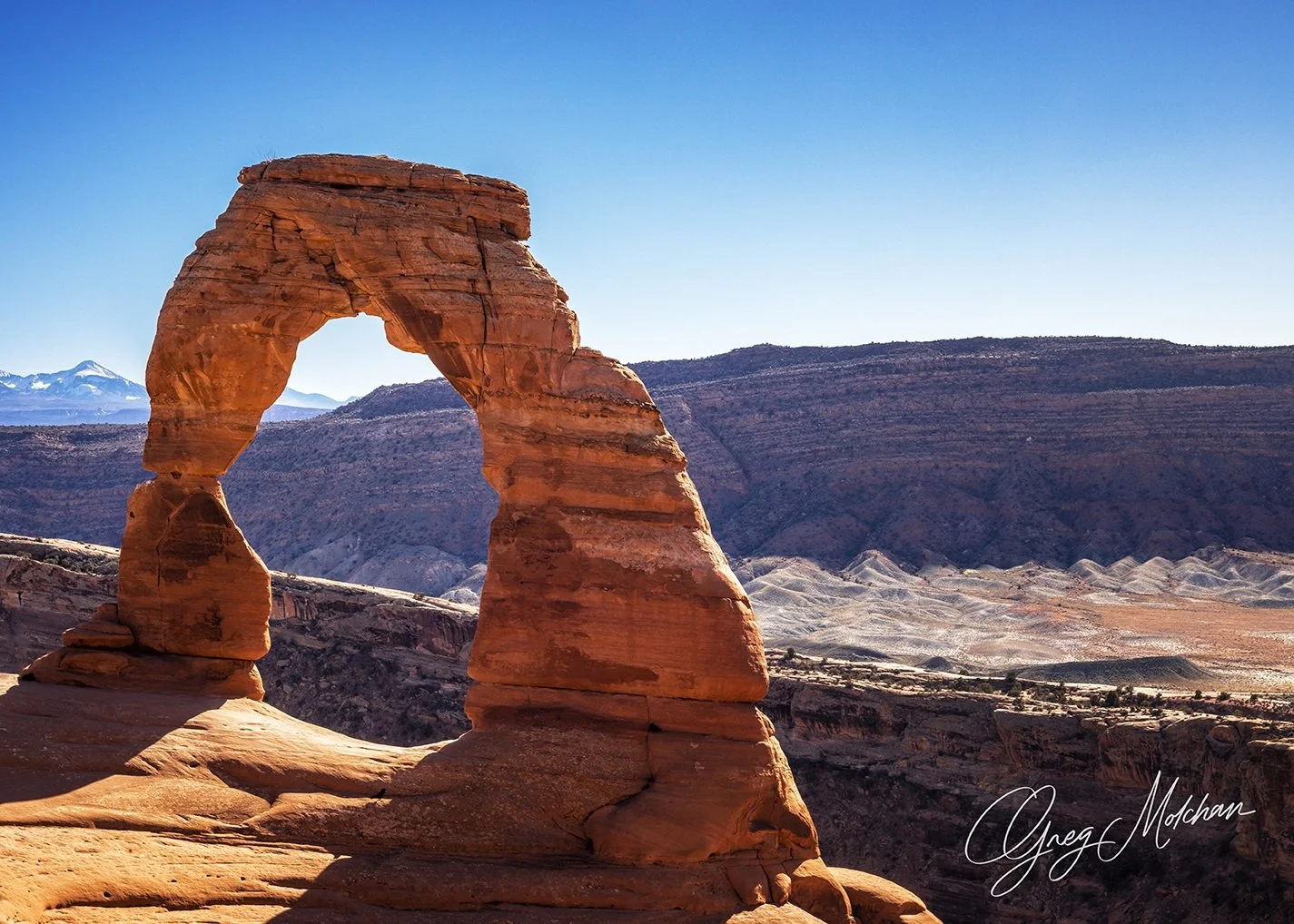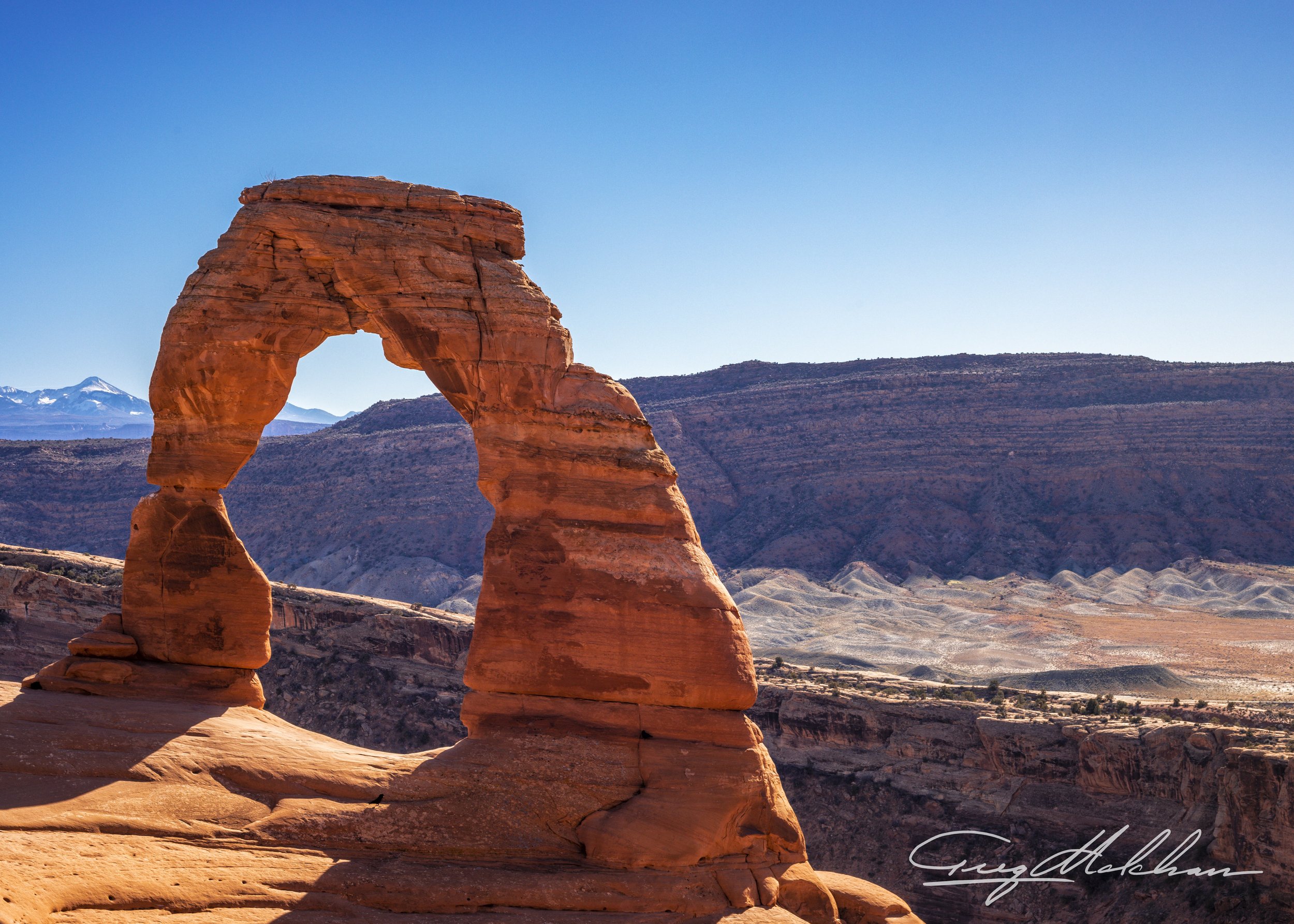Removing People Using AI
Before I get into today’s share in depth, I thought I’d point out that I’ve changed my signature in my photos. It’s the same one I’m using across my website.
I paid a modest fee for the one I was using before, which you’ll see in one of the three images I’m comparing in today’s blog entry. It was based on my own handwriting but done by someone else.
The one I’m now using is all me. I’ve updated it a bit to have a little more flare while also adopting a more minimalist capital G.
So, like it or not, AI is here—it’s been around in photography for around 8 or 9 months with adobe’s generative fill tool in Photoshop—and it’s not going away.
There’s already lots of debate and outrage at the implications regarding how AI might be used in other industries, film being the most obvious one.
And worries about AI being used to spread misinformation in a world already hyper saturated with misleading content aimed at influencing us in one way or another seem justified.
In photography, we’re at a point where we might want to question the authenticity of a photo. Some things we might want to consider on this front include:
How was the photo manipulated using AI? Or how much of it? Does this matter to us? Does it diminish the quality of the art?
Is the place we’re looking at in a landscape image real? What if after seeing the composition we decide to go there, only to discover after carefully planning part or all of our trip around that and getting to the place that we’ve been tricked?
Did the photographer even take a photo, or did they generate a dramatic landscape without ever getting up from their computer?
To at least address the manipulation of a photo question, I’m not too worried.
The truth is that photos have been altered, edited, or whatever for much of the existence of the art form.
Ansel Adams wasn’t the first to apply dodge and burn in order to darken and lighten specific areas of his compositions, but he made it into an art form in and of itself.
I do think the likelihood that some people will use AI in photography unethically is high. But I also think, as with anything else, that will be an extremely small minority of people.
Most photographers I follow and study, like me, are pretty particular about making compositions appealing in camera. Post processing is meant to bring out what is already there.
AI will help with workflow and can make turning a very good photo into an outstanding one less of onerous task.
Thanks for bearing with me on all that background before getting to the meat of today’s discussion.
The three images I’m sharing are all based on a single photo I took after hiking to iconic Delicate Arch in Utah back in 2021.
This first image is the original, unedited exemplar.
There are times when including people can lend drama to a landscape photo.
I suspect that can even be true if your intention is to make a subtle or not so subtle comment on what crowds of people waiting their turn to be photographed in front of something considered iconic says about humanity and modern life.
However, that was not my intention on this occasion, and there was a GIANT line of people that you cannot see out of frame at left.
I knew that would be the case just from parking my car when I visited, as I had to circle around for 30 minutes before I was able to get a spot.
Conditions weren’t ideal either, with long shadows creeping outwards from the sandstone towards where I was standing in the afternoon hours.
I played around with lightening those back when I first edited the image, with no success. I couldn’t improve upon that with AI either, though I’m still new to using it for this sort of thing.
Here’s my first effort at post-processing, without the aid of AI.
While images naturally vary a great deal depending on the kind of scene, the weather, time of day, and so on, I follow a standard workflow in general.
This consists of cropping if needed, applying a curve to the lighting, adding GND, Tonal Contrast, and Darken / Lighten Center layers to fine tune things, and cleaning up any distracting elements and/or stray artifacts.
I read years ago that if you’re spending more than 5 minutes editing, you’ve likely not taken a good photo.
That’s patently false, but I try to stick to it simply because I don’t want to agonize over my compositions.
All that to say I spent a LOT longer—probably around an hour--manually eliminating the people so that I could share something that looked close to “real” and wasn’t sellable in my opinion anyway.
I needed to google how to do all that using generative fill this AM.
Even while I’m a beginner when it comes to AI, I don’t think I spent more than 5 minutes removing tourists from the scene using Photoshop’s built in tools.
And there is much less “wrong” with the photo with AI taking the wheels, in my view. Though I still wouldn’t sell something like this.
In both the non-AI and AI versions, I know where things look off from using removal techniques. They’re in the same vicinity, in fact, since I was eliminating the same stuff in each instance.
I’m not going to go through that and instead invite you to see if you detect anything that looks weird.
I’ll end by saying I do think there are very appropriate uses for AI in photography.
For one, it does a very good job of getting rid of imperfections in an image caused by dust on the sensor showing up as spots in the photo, deleting distracting or unpleasing snow or rain drops, and the like.
There are also legitimate reasons why someone would want to erase people from their personal photos.
Think those occasions where you’re on vacation and capture a great memory that would be an otherwise perfect photo except for the person who was walking by and wandered into frame, and no other photo has you looking just right to your eye.
From a professional standpoint, you don’t have the consent of people occupying the background of your photo.
Everyone understands that privacy ends when you’re in public areas. Hence the paparazzi business being so lucrative and technically legal if rather distasteful.
But my goal typically isn’t to photograph anyone so that they are recognizable in my work.
With AI, I can now practice my craft more ethically when possible and appropriate while making a composition I might otherwise not have been able to at times when I’m also a tourist like everyone else.
Until next time!



